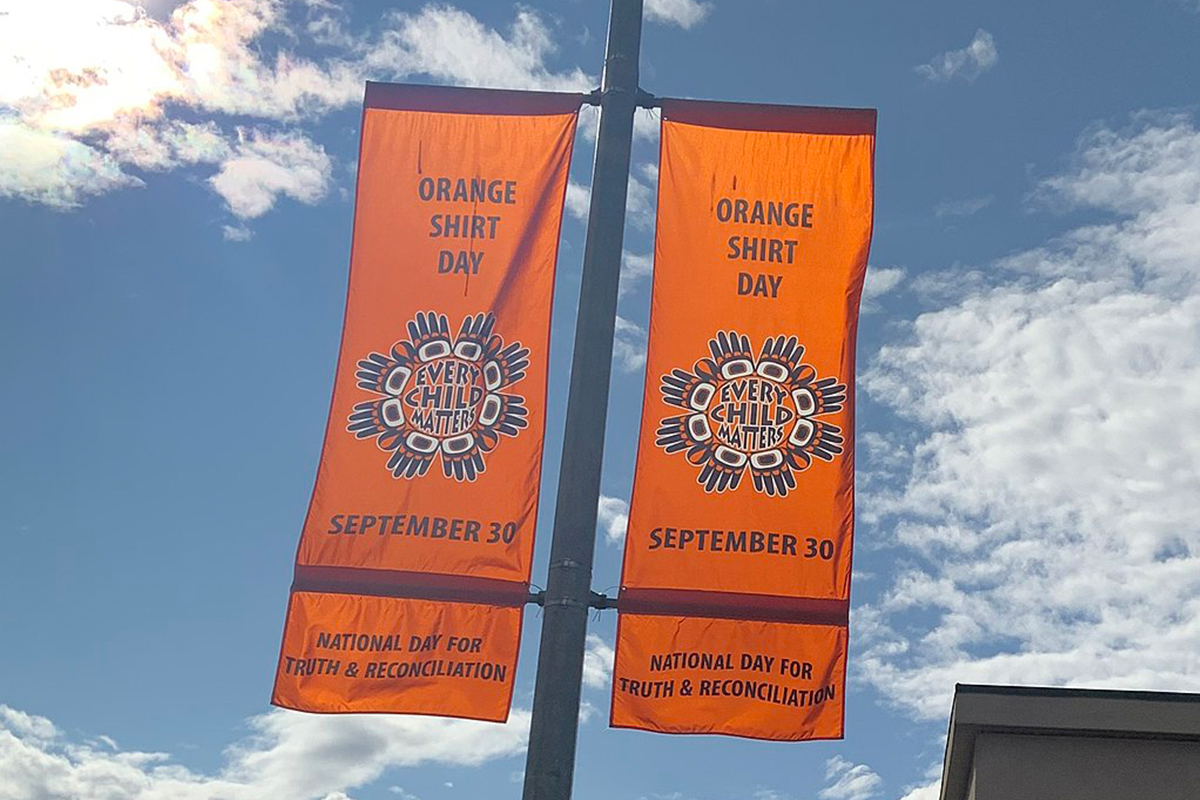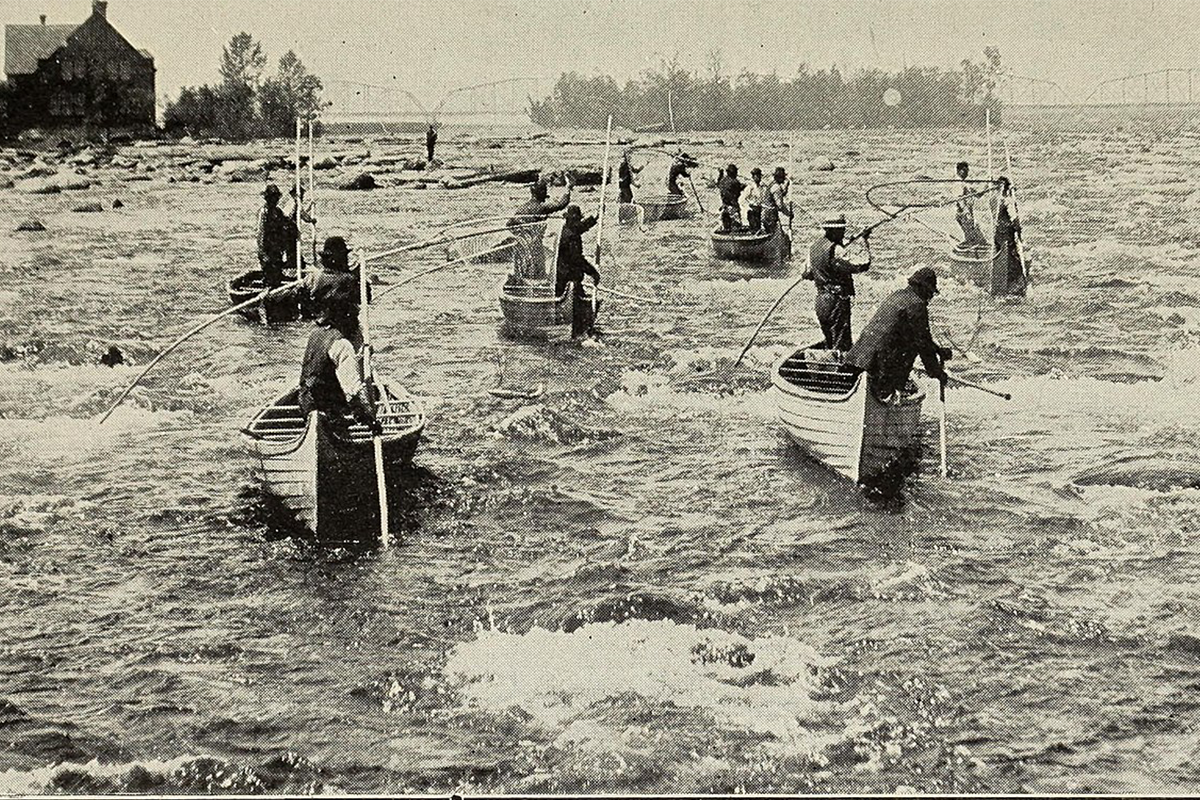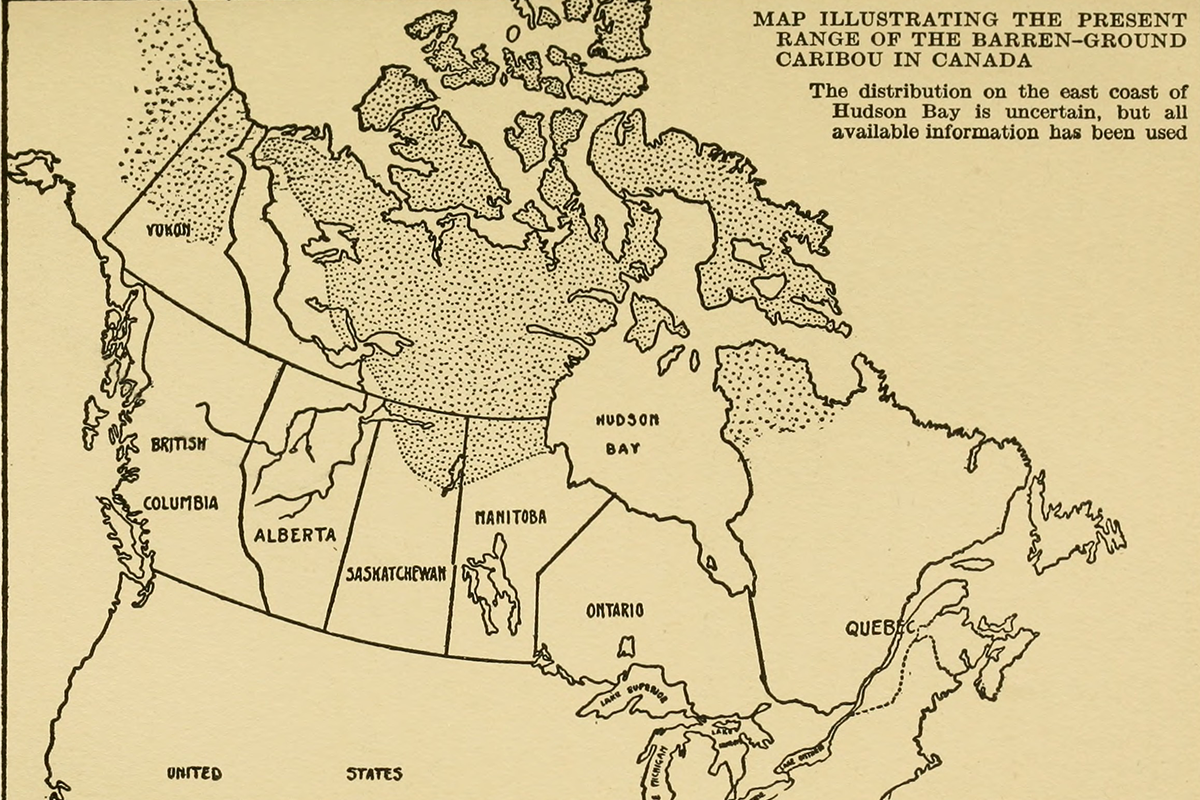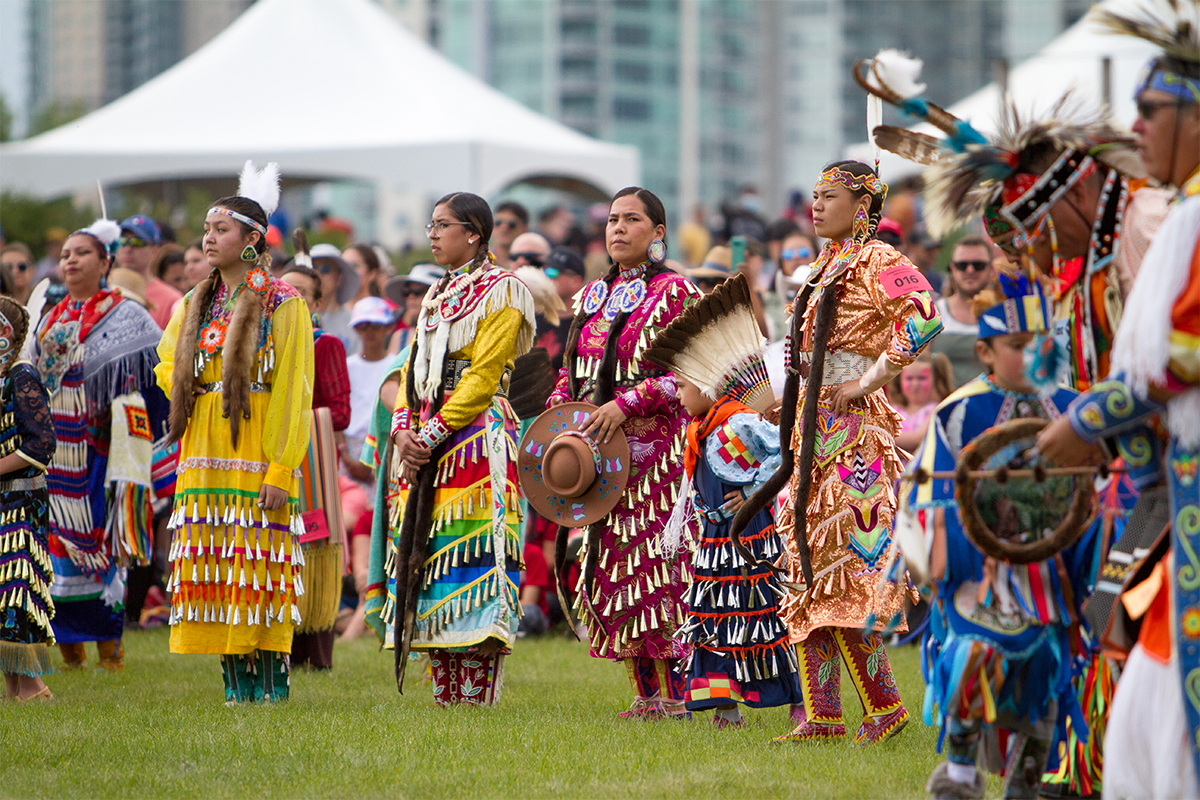10 Facts About Native Canadian Communities
Native Canadian - Canadian - Indigenous Communities - Food for thought

10 Facts About Native Canadian Communities
Did you know that 5% of the Canadian population identifies as an Aboriginal person? That’s over 1.8 million people!
People might be familiar with American Indigenous communities, but there’s huge diversity amongst Canadian Indigenous communities. Unfortunately, First Nations, Métis and Inuit cultures have been severely damaged – and sometimes destroyed – by colonial settlement over the course of Canada’s history. Despite this, Indigenous cultures have persisted and continued to grow.
Read more to discover ten facts about Indigenous Canadian communities you never knew!
1. Three Peoples
Broadly, Indigenous Canadians fall into three groups: the First Nations, the Métis, and the Inuit. However, there’s a vast range within these categories, which makes it hard to talk about any of them as a monolith. For example, while many Indigenous nations signed Treaties with the Crown that govern fair trading and land use, many didn’t.
2. The First Nations
The term “First Nations” describes Canada’s original occupants, and was chosen in 1980 in the Declaration of First Nations to reflect the status of Canada’s first people as equal builders in the nation. Over a million Canadians identified as First Nations on the 2021 Census, but First Nations is a political identity that brings together over 630 different Nations, primarily those south of the Arctic.
“First Nations” is exclusive to Canadian Indigenous people, and doesn’t apply to any other Indigenous groups. Unlike the Métis and Inuit, 40% of First Nations live on reserve lands, to which they hold rights.
3. The Métis
Métis as a term describes people of mixed European-Indigenous ancestry, who have developed a distinct culture that does not align with either origin, particularly on the Prairies, Ontario, and Quebec. Over 600 000 Canadians identified as Métis on the 2021 Census.
4. The Inuit
“Inuit” is Inuktitut for “the people”, whose homeland, Inuit Nunangat, is the lands, water and ice of the Arctic. In the 2021 Census around 70 000 Canadians identified as Inuit; there are also Inuit populations in Alaska and Greenland. There are eight main ethnic groups of Inuit, who speak five main dialects of Inuktitut.
5. Orange Shirt Day
Canada’s National Day of Truth and Reconciliation is a statutory holiday as of 2021, when over a thousand unmarked graves were uncovered near residential school sites. It’s called “Orange Shirt Day” and draws attention to the horrific legacy of residential schooling in Canada. People wear orange shirts from the account of Phyllis Jack Webstad, whose orange shirt was taken from her on her first day of residential school.
The National Inquiry into Murdered and Missing Women, along with the final reports of the Truth and Reconciliation committee, reflect the deep violence that Indigenous Canadians continue to suffer, and which Canada must address.
6. A growing population
The population of Indigenous Canadians has grown roughly 42.5% between 2006 and 2016. This makes them the fastest growing population in Canada, and also the youngest – roughly 44% were under 25 in the 2016 Census.
7. International Decade of Indigenous Languages
In 2021, 237, 420 Indigenous Canadians reported that they could speak an Indigenous language well enough to have a conversation. That’s a decline of 4% from the last reported census in 2016, and the first decline since record keeping started in 1991.
Because residential schools and the Indian Act forbade the speaking of Indigenous languages, they were hugely suppressed. Maintaining and growing them is so important that UNESCO has declared 2022 to 2032 the International Decade of Indigenous Languages.
8. Linguistic Diversity
It’s not as simple as preserving one language; there are over 70 very different languages spoken across all three groups. And some of them are small: for around 40 languages the 2016 Census reported less than 500 speakers. While “mother tongue” speakers have decreased – that’s people who learned their language at home, as their primary spoken language, which might be a function of an aging population – more people have reported learning as a second language.
9. Revitalization and Preservation
The 2007 UN Declaration on the Rights of Indigenous Peoples enshrines the right to language. 2019 saw Canada pass the Indigenous Languages Act. Indigenous Canadians have emphasized the importance of language for cultural and community preservation.
Most indigenous languages have experienced some decline, but there are groups that have grown. Efforts in British Columbia revitalize “sleeping” languages – numbers of speakers of Haisla, Halkomelem, Heiltsuk and Michif have all grown by a third since the 2016 Census.
This way, a vivid enough brand element won’t blend into this important information, and a consumer can still scan for the part of the packaging that is very clearly black on white. They can even quickly scan for the specific nutrient they are looking for, because the order of the Nutrition Facts table is always the same – calories, then fats, then carbohydrates, then vitamins and minerals. It’s also easy to find allergens, because the word “Contains:” must be in bold type.
Mi’kmaw, a language spoken in Nova Scotia for over 10,000 years, was acknowledged as the province’s first language in 2022. This means the province will move to preserve and promote it.

10. Indigenous Sign
Indigenous languages aren’t all oral. Sign could be used to illustrate verbal language, but also by Deaf Indigenous Canadians. While most Deaf speakers use Quebec or American Sign Language, there is a tradition of Indigenous Sign Language. PSL (Plains Indigenous Sign) was used across the Canadian and American Prairies; today only a few speakers utilize it, though revitalization attempts are underway.
Other historical Indigenous Sign Languages include Inuit Sign Language, used in the Arctic, and Plateau Sign Language, traditionally used by the Salish, Ktunaxa and other Plateau peoples. Because protection for Indigenous Language has been codified into Canadian law, it’s possible this could apply to Indigenous Sign, increasing the numbers of people who use it.
So now you know!
Currently, over 70 indigenous languages are spoken across the Canadian provinces. Over the years, despite efforts to stamp them out, indigenous populations and their allies have fought to preserve and even bring back language use.
Collective organizations and lawmakers have worked together to codify the importance of Indigenous languages. Knowing this, remember, Ad Astra Canada has you covered for all your language needs, embracing and celebrating the rich heritage of your indigenous communities.
.png?width=500&height=483&name=bot%20(1).png)






